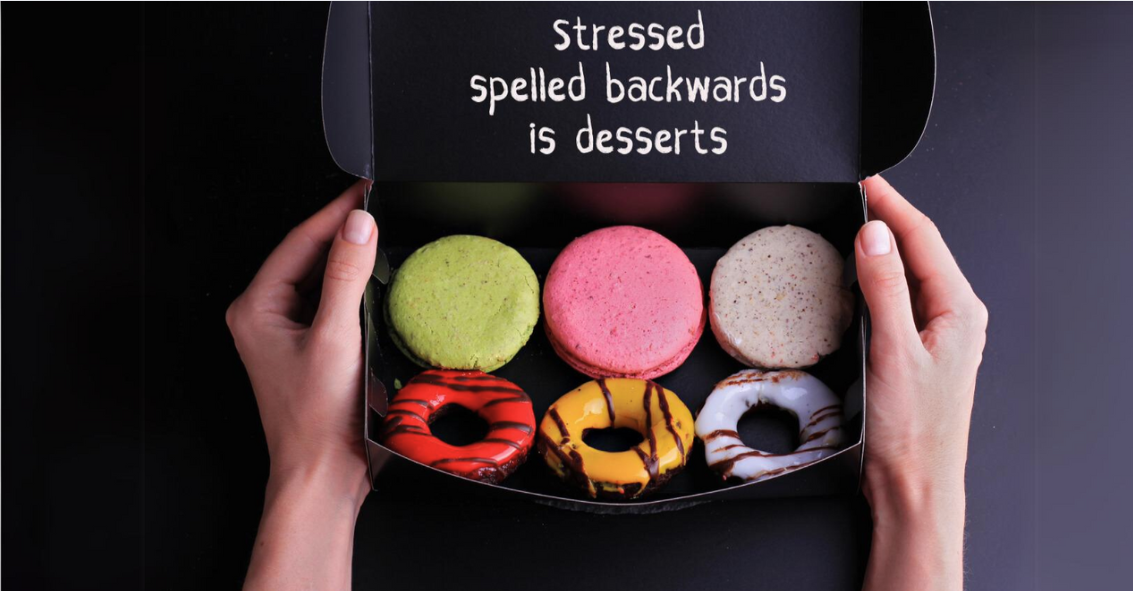I made the switch to a gluten-free lifestyle about 15 years ago due to feeling constantly lethargic and having the strong urge to sleep all the time. The turning point was when I nearly fell asleep in church and had to leave early. That experience drove me to seek relief, leading me to discover the concept of an elimination diet. After realizing that gluten might be the issue, I committed to removing all gluten products from my diet for 72 hours. Within 48 hours, I noticed a significant improvement in how I felt.
Understanding Gluten and Its Impact on Health
Gluten is a protein found in wheat, barley, and rye. It plays a crucial role in the texture and structure of many baked goods. However, for some individuals, gluten can significantly impact their health.
Celiac Disease
Celiac disease is an autoimmune disorder where the body’s immune system attacks the small intestine when gluten is consumed. This can lead to damage and inflammation, causing symptoms like abdominal pain, bloating, and diarrhea. Those with celiac disease must strictly avoid gluten to prevent long-term complications.
Gluten Sensitivity
Gluten sensitivity is when individuals experience unpleasant symptoms, such as digestive issues or fatigue, after consuming gluten but do not have the autoimmune response seen in celiac disease. The exact causes of gluten sensitivity remain unclear, but a gluten-free diet is often recommended.
Understanding gluten’s role and how it affects individual health is crucial. For those with celiac disease or gluten sensitivity, following a strict gluten-free diet is essential for managing symptoms and maintaining overall well-being.
Transitioning to a Gluten-Free Diet: Tips and Strategies
Stocking Your Gluten-Free Pantry
The first step in your gluten-free journey is to familiarize yourself with the wide range of gluten-free foods available. From fresh produce and lean proteins to gluten-free grains and baked goods, many options exist to build a balanced and satisfying diet.
Navigating Gluten-Free Grocery Shopping
When shopping for gluten-free items, read the labels carefully and look for the “gluten-free” certification. Avoid processed foods that may contain hidden gluten and opt for naturally gluten-free alternatives.
Manufacturers are not required to list gluten-containing ingredients on labels like other allergens. You should also be aware that “gluten-free” on a product does not mean there is zero gluten. “Gluten-free” only suggests an acceptable level of gluten as determined by the Food and Drug Administration (FDA).
Reading labels is an essential part of my shopping experience. Gluten is an ingredient in foods that would surprise you (think soy sauce – the first ingredient listed is wheat!) and is hidden in ingredient lists.
VeryWellHealth has a very informative article, How to Identify Gluten on Food Labels. Here is an excerpt:
INGREDIENTS THAT ALWAYS CONTAIN GLUTEN
- Wheat protein/hydrolyzed wheat protein
- Wheat starch/hydrolyzed wheat starch
- Wheat flour/bread flour/bleached flour
- Wheat bran
- Rye flour or rye bread
- Barley flakes, flour, or pearl
- Bulgur: A form of wheat
- Matzo, matzo meal
- Atta or chapati flour
- Maltose, malt extract, malt syrup, malt flavoring, malted milk, or malt vinegar:
Made from barley - Couscous: Made from wheat
- Farina: Made from wheat
- Pasta: Made from wheat unless otherwise indicated
- Breading or bread stuffing
- Graham flour: A type of whole-wheat flour
- Seitan: Made from wheat gluten and commonly used in vegetarian meals
- Triticale: A hybrid of wheat and rye
- Durum wheat or semolina: A type of wheat
- Kamut: A type of wheat
- Einkorn: A type of wheat
- Emmer: A type of wheat
- Spelt, farro, or dinkel: A type of wheat
- Fu: a gluten product made from wheat
- Wheat or barley grass: Will be cross-contaminated
- Wheat germ oil or extract: Will be cross-contaminated
- Brewer’s yeast: Usually contaminated with gluten grain
or malt
INGREDIENTS THAT MAY CONTAIN GLUTEN
- Vegetable protein/hydrolyzed vegetable protein: Can come from wheat, corn, or soy
- Modified starch/modified food starch: Can come from several sources, including wheat
- Natural flavor/natural flavoring: Can come from barley
- Artificial flavor/artificial flavoring: Can come from barley
- Caramel color: Now considered a safe ingredient, but if you’re in doubt, check with the manufacturer
- Modified food starch
- Hydrolyzed plant protein (HPP)
- Hydrolyzed vegetable protein (HVP)
- Seasonings: May contain wheat fillers
- Flavorings: May contain wheat fillers
- Vegetable starch: May contain wheat fillers
- Dextrin and maltodextrin: Both are sometimes made from wheat
- Oatmeal, oat bran, oat flour, whole oats may contain gluten unless they are derived from uncontaminated oats*
*Anything oats is also off-limits for me, even if derived from uncontaminated oats. My allergist determined that my body cannot process any type of complex carbohydrate.
Dining Out and Social Situations
Eating out or attending social events can present challenges, but you can navigate these situations with some preparation. I admit that I sometimes tire of salads with grilled chicken, but I very rarely find a restaurant that has nothing I can eat on the menu.
Eating Out
Don’t hesitate to ask detailed questions about ingredients and preparation methods in a restaurant. At this point in my gluten-free journey, I can handle a small amount of cross-contamination. For many with celiac and related conditions, that is not an option.
A side note about eating grilled chicken salads in a restaurant: Salad dressings are usually not gluten-free. You would be surprised how many ‘house dressings’ include soy sauce and most commercial creamy dressings are thickened with gluten ingredients. A light Italian or plain oil and vinegar are the usual safe choices.
Besides salad dressings, be aware of seasoned fries. The seasoning is almost always mixed with a light flour to make it stick to the potatoes.
Another restaurant note: Don’t be a jerk about being gluten-free. In my experience, if you are polite and friendly, servers will go out of their way for you. I’ve even had them send the chef to my table to make sure my dish of choice will be safe for me.
Social Events
Social events tend to be more challenging, especially those where everyone brings something to share. The vast majority of times, the only thing I can eat is the gluten-free contribution I have brought. I consider it a way of introducing others to gluten-free deliciousness.
Overcoming Gluten-Free Challenges and Living Happily
When I mention to people that I’m gluten-free, I often hear the response, “I could never do that. I couldn’t live without bread, cake, cookies, or whatever their favorite baked good might be.” However, there are plenty of gluten-free alternatives available, and if you have a health issue caused by gluten, giving it up is absolutely worth it.
Maintaining a positive outlook and focusing on the benefits can go a long way in managing the mental and emotional aspects of this lifestyle change.






Leave a Reply